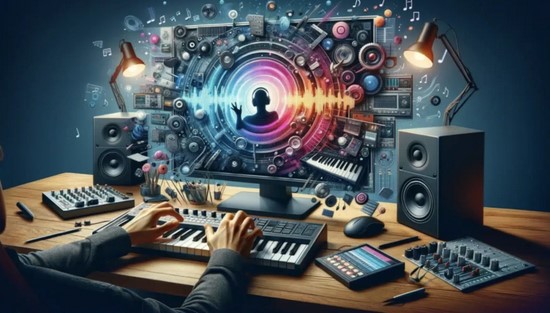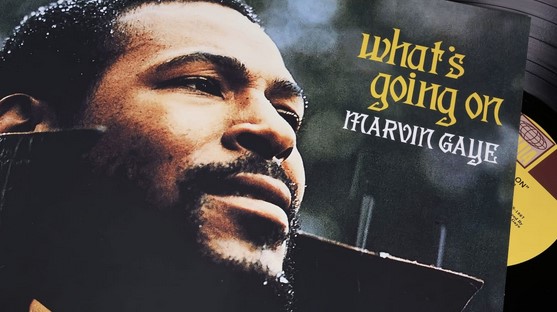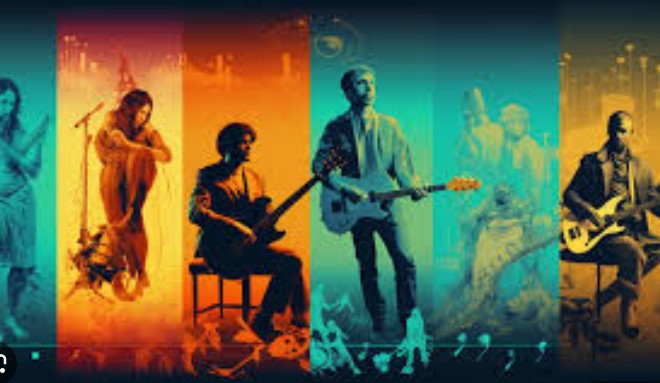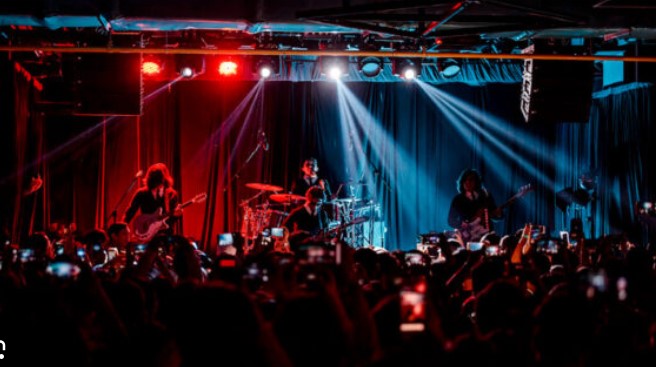Technology has dramatically transformed the music industry. Over the past few decades, it has reshaped how music is created, distributed, and consumed. From the development of digital recording equipment to the rise of streaming services, technology has made music more accessible and efficient. This post explores how innovations in technology have revolutionized the music industry, benefiting both artists and listeners.
The Digital Revolution in Music Production
One of the most significant changes in the music industry is the evolution of music production. In the past, recording music required expensive studio equipment and professional sound engineers. Today, digital audio workstations (DAWs) have made music production accessible to anyone with a computer. Software like Ableton Live, Pro Tools, and Logic Pro allow musicians to record, edit, and mix music from the comfort of their homes. These tools have democratized the music-making process, enabling independent artists to produce high-quality music without the need for large budgets. As a result, we’ve seen a surge in new, diverse music coming from a variety of backgrounds.
The Rise of Digital Distribution
The way music reaches listeners has also changed drastically. In the past, physical media like CDs, vinyl, and cassette tapes were the primary methods of distribution. Today, digital platforms like Spotify, Apple Music, and YouTube have made music available at the click of a button. Streaming services have revolutionized how people access music, allowing users to listen to millions of songs instantly. For artists, this shift has opened up new revenue streams. They can now share their work with a global audience without the need for physical distribution. The ability to distribute music digitally has also made it easier for independent artists to gain recognition, creating a more level playing field.
The Impact of Social Media and Streaming Platforms
Social media and streaming platforms have played a crucial role in the transformation of the music industry. Platforms like Instagram, TikTok, and Twitter provide artists with a direct connection to their audience, enabling them to build a loyal following. These platforms allow musicians to share updates, interact with fans, and promote their music more effectively. Streaming platforms, on the other hand, offer artists a chance to reach a global audience and gain exposure they might not have had in the past. The use of social media has made it easier for fans to discover new music and for artists to go viral. Many new stars today gain fame through social media platforms, showing the power of these digital tools in shaping the music landscape.
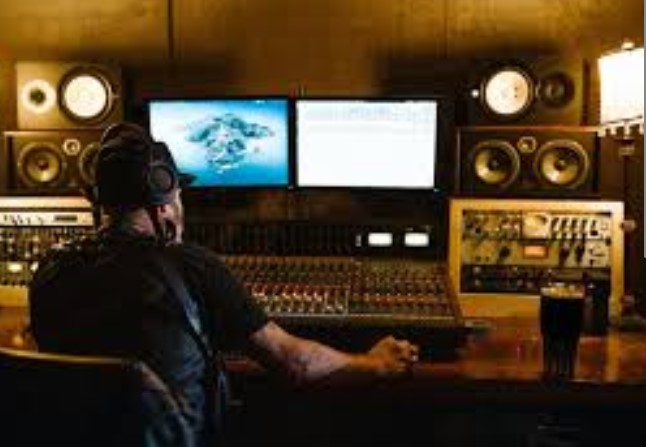
Innovations in Music Consumption
Technology has also changed how we consume music. In the past, people would buy albums or songs individually. Today, streaming has made it easier for listeners to enjoy an unlimited amount of music for a low monthly fee. With platforms offering personalized playlists, algorithm-driven recommendations, and curated content, discovering new music has never been easier. The convenience of streaming allows users to listen to their favorite songs anywhere, anytime, on any device. This shift has led to changes in the music industry’s revenue models, with artists earning money through streams rather than album sales. While this has raised concerns about fair compensation, it has undeniably made music more accessible to a global audience.
Technology and Live Performances
Technology has not only transformed music production and consumption but also live performances. Advancements in lighting, sound systems, and stage design have taken concerts to new heights. Artists now use virtual reality (VR) and augmented reality (AR) to create immersive experiences for their fans. Additionally, live streaming platforms allow artists to reach fans worldwide, even if they are unable to tour in person. Virtual concerts have become increasingly popular, especially in the wake of the COVID-19 pandemic, offering fans a unique way to engage with their favorite artists from the comfort of their homes. This technological shift has expanded the definition of what a live performance can be.
Conclusion
Technology has undeniably transformed the music industry. From the way music is created to how it’s distributed and consumed, digital advancements have revolutionized the entire process. Artists now have more tools at their disposal to produce, promote, and perform their music. Fans have easier access to a wider variety of music, creating a more interconnected global music community. As technology continues to evolve, it will undoubtedly shape the future of music in ways we can’t yet imagine.






